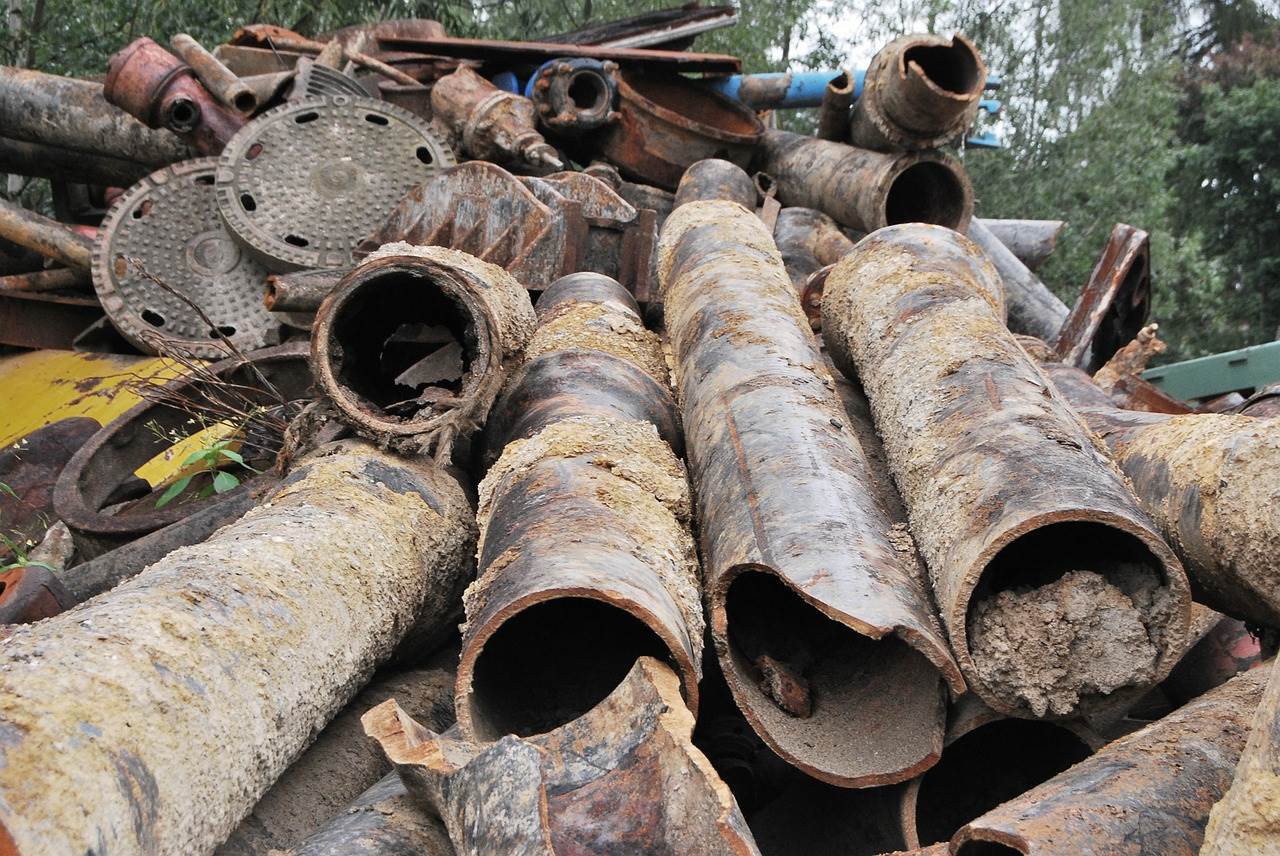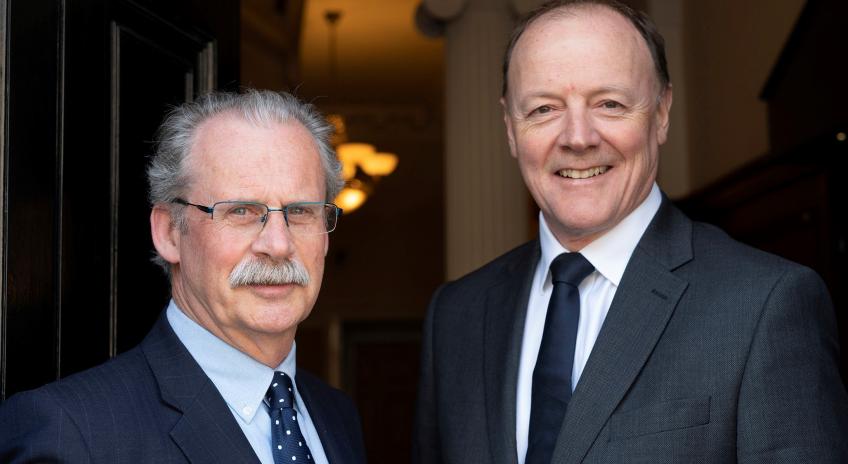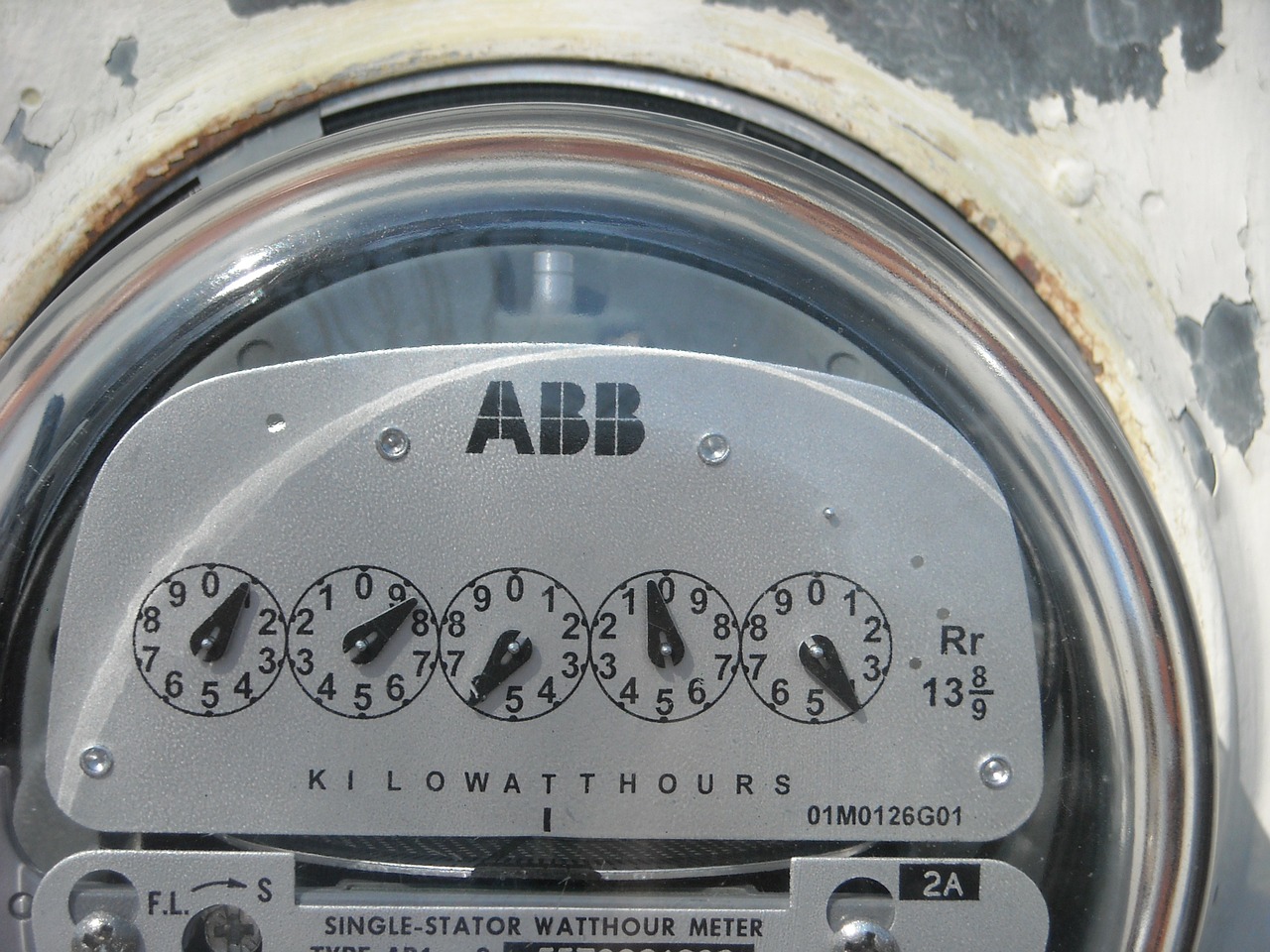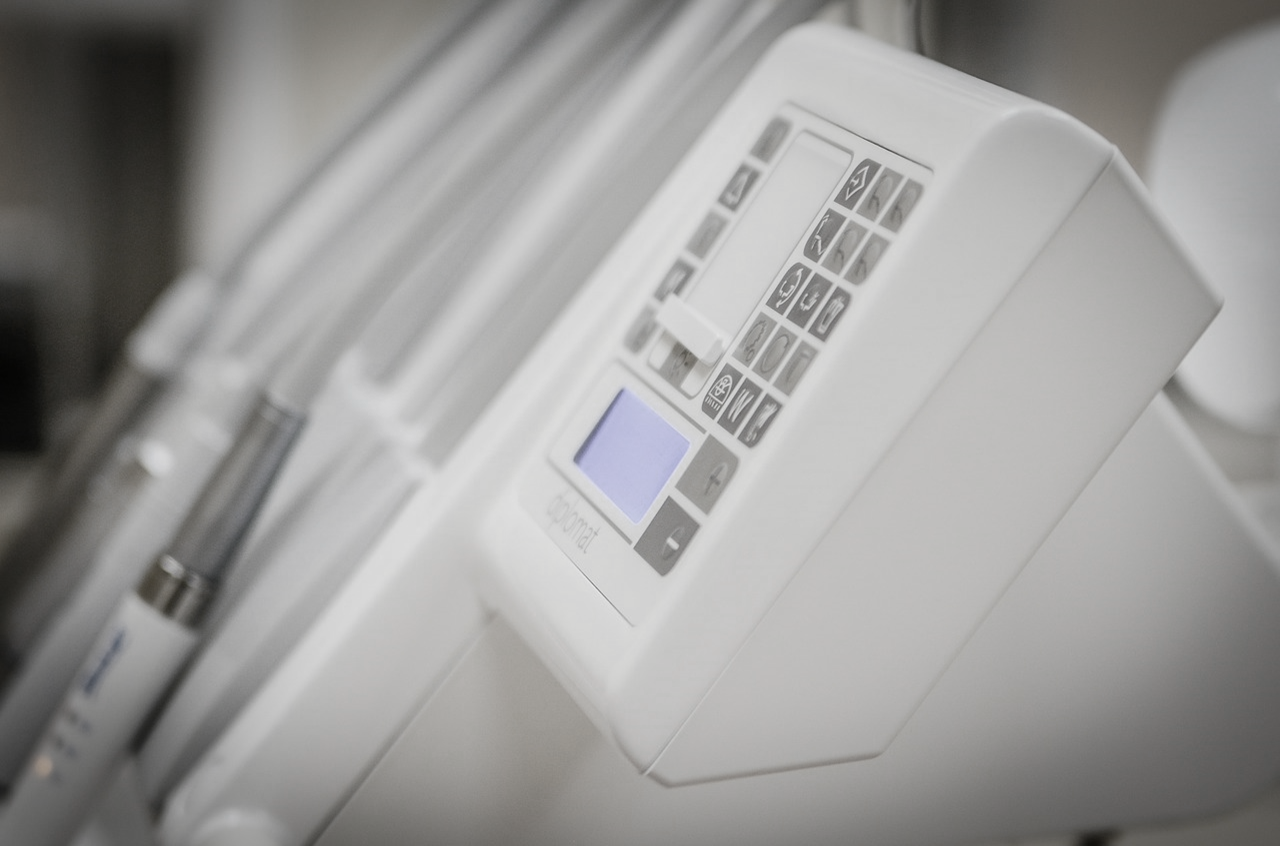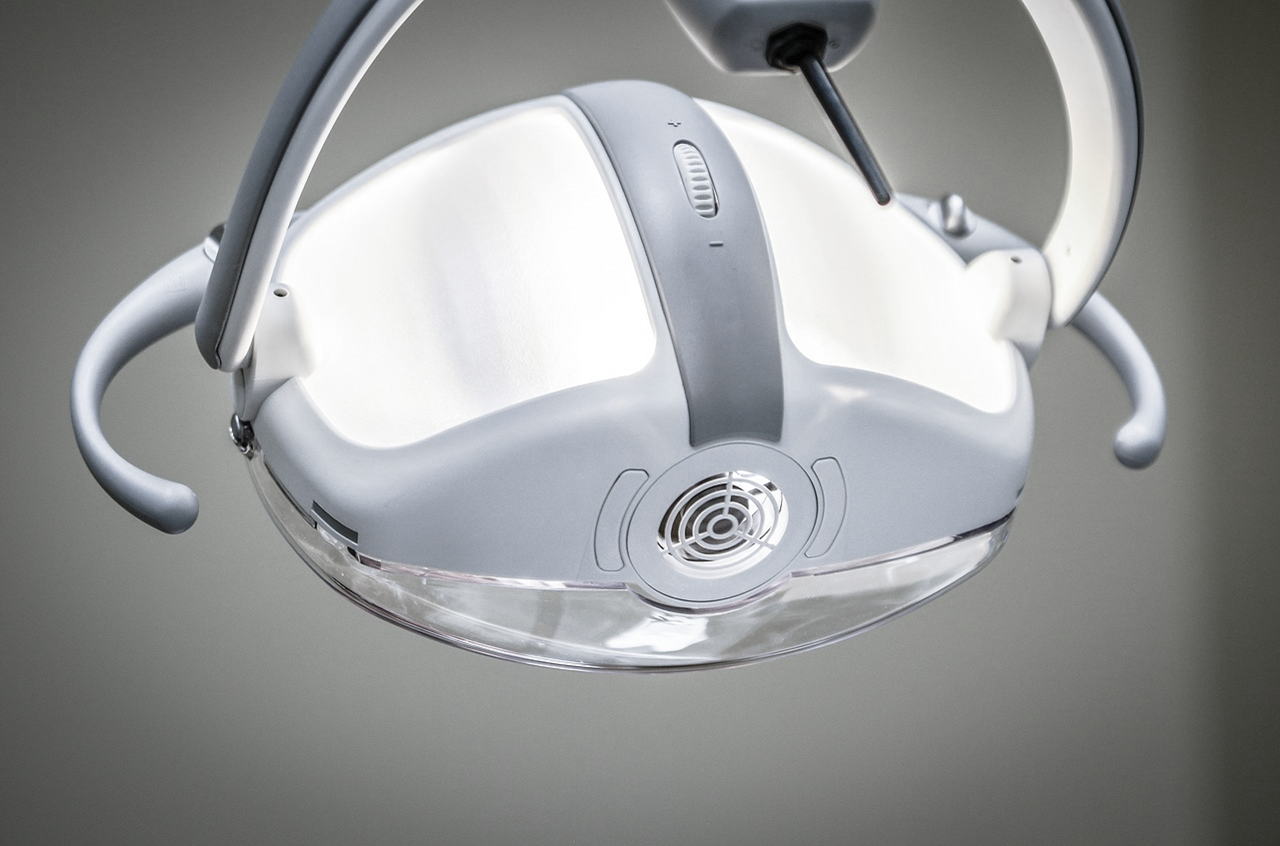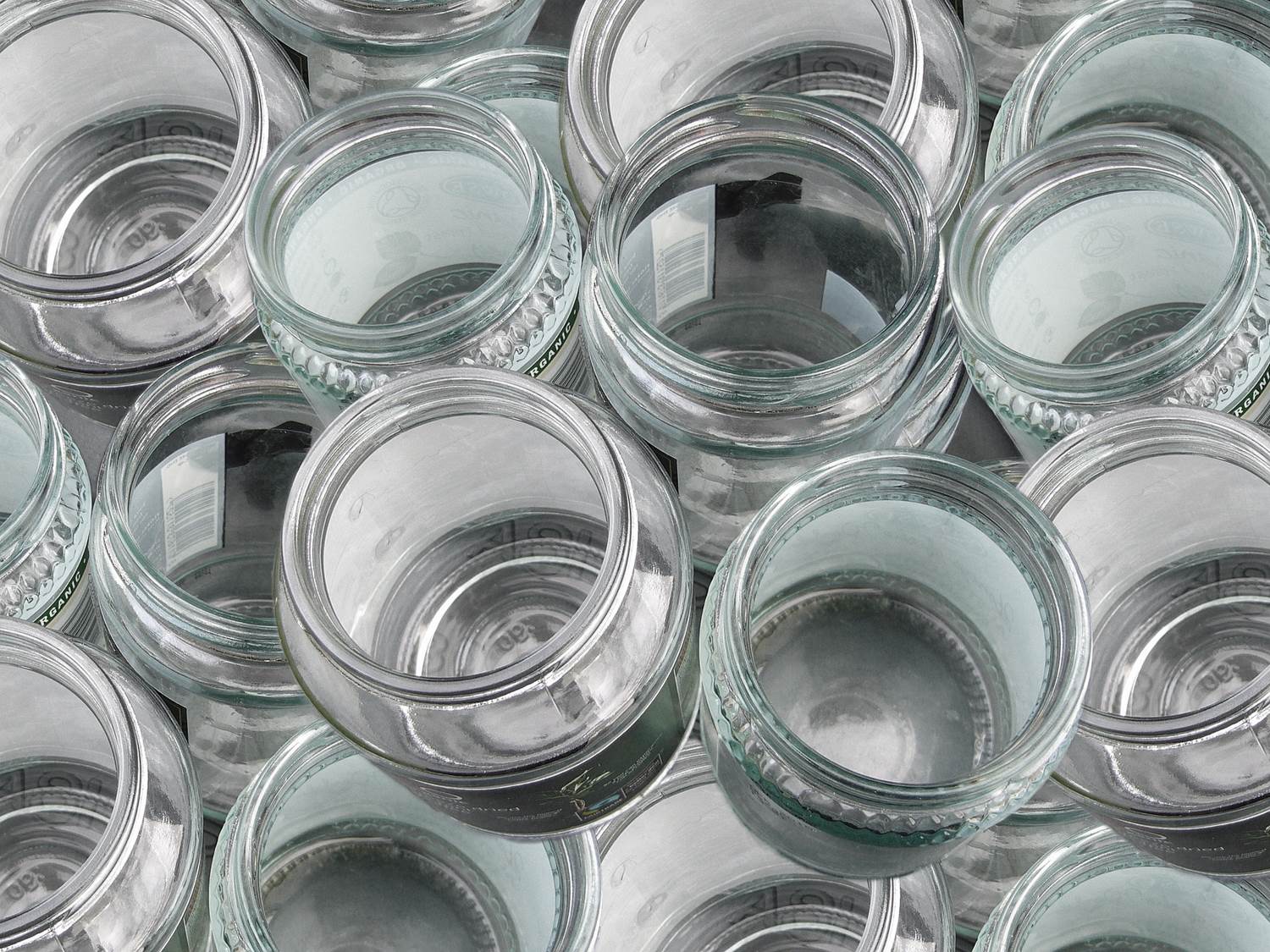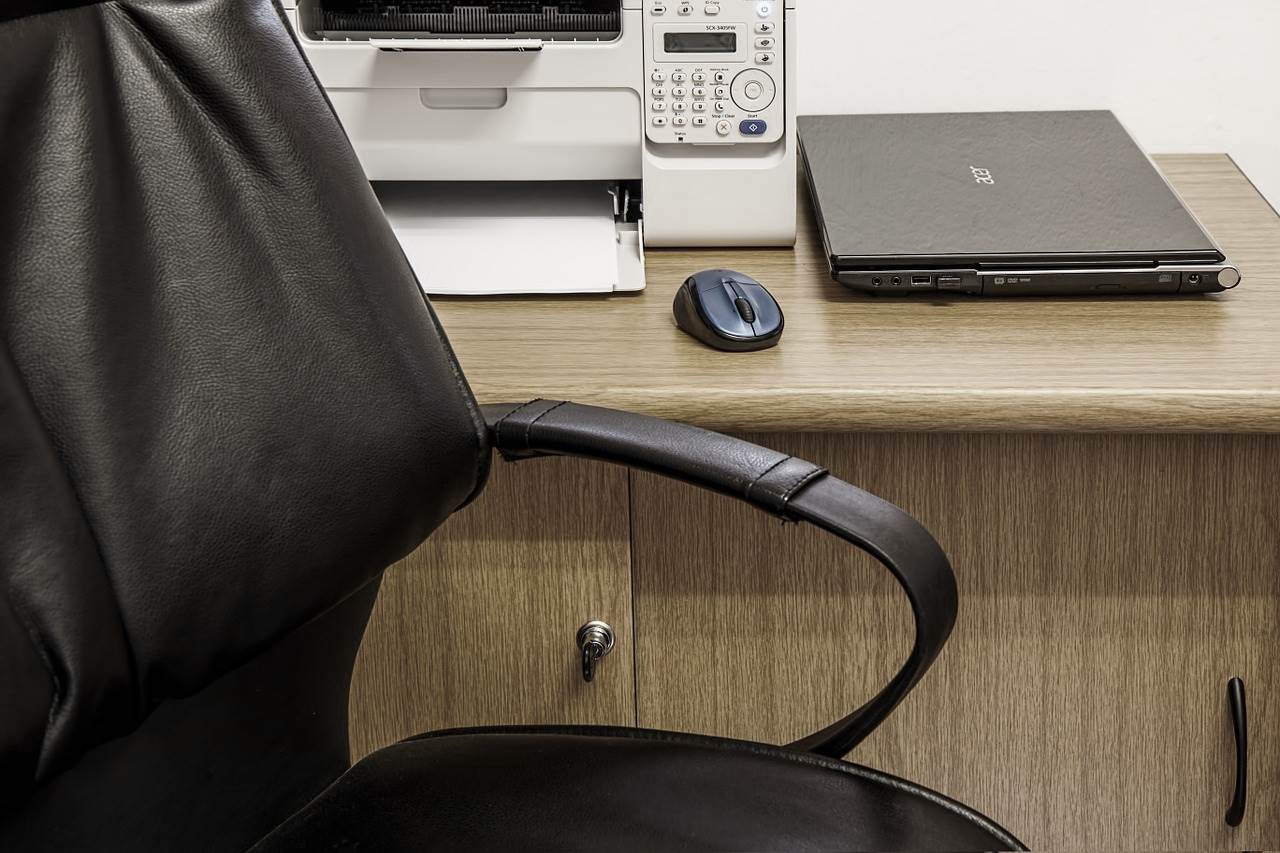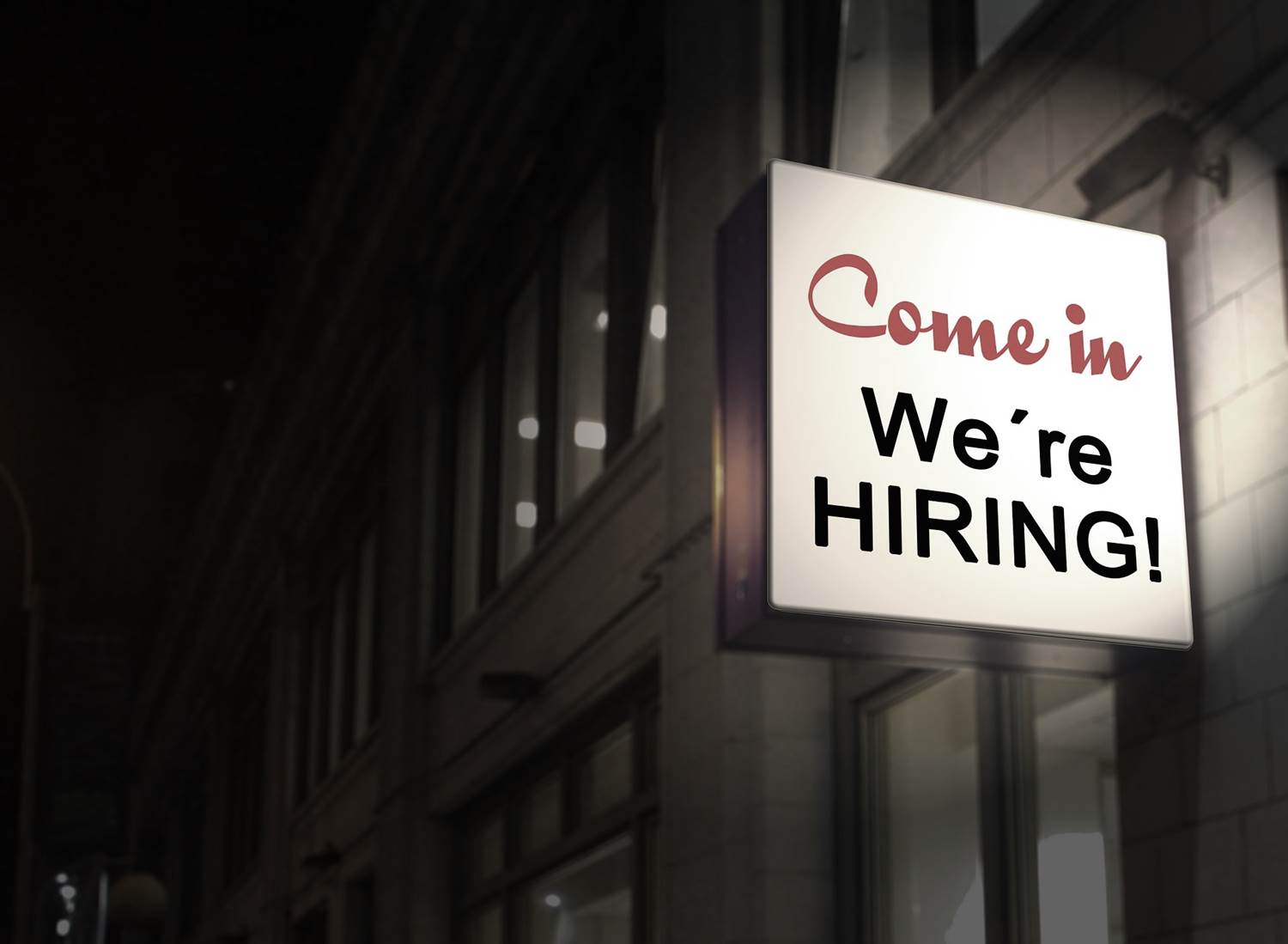
Vital Signs – A Primary Healthcare Blog.
Date: 16/02/2015 | Healthcare, Blogs
There is a clear challenge for the NHS in Scotland, be that through Health Facilities Scotland or otherwise, to provide premises which allow clinicians to deliver really top quality healthcare to patients.
It is a key aspiration and one which all Health Boards are attempting to grapple with.
The HubCo procurement strategy is the current preferred delivery route and, indeed, in most circumstances it is the only delivery route. However, for practices who may be considering moving into new HubCo premises there are many pitfalls to overcome. Not addressing those pitfalls at the outset could impact on practice profitability for years to come.
Recently I have been involved in advising several practices who are involved at differing stages in the HubCo process. I have been forthright in encouraging practices to focus on the projected costs and how those costs may fluctuate over time. Allied to this I have also challenged Health Boards as to the general affordability of the schemes they are responsible for creating.
However, I am repeatedly struck by the lack of understanding of medical and dental practice finances demonstrated by Health Boards and their advisers. The simple reality is that whilst new premises may create a better working environment there is no guarantee that it will allow a practice to generate more income. In fact, there’s often little prospect of any increase in income. But almost invariably there will be significant extra costs chargeable for occupying such new premises. Unsurprisingly, every extra pound of cost passed on to a medical practice is a reduction in profitability which in turns means either a reduction in take home pay for practitioners or a reduction in service to patients. Neither is an acceptable outcome.
I say there is little prospect of any increase in income. The one exception to this is that these new buildings will normally incorporate some sort of renewable technology. In most other sectors the words “renewable technology” would normally resonate with the words “fiscal incentives”. I find it astonishing that despite qualifying for feed in tariffs and/or renewable heat incentives those procuring new medical and dental seem oblivious to this significant source of income or support.
People talk of taboo subjects; well one taboo in the primary healthcare sector is to suggest that a shiny new medical surgery may be unaffordable to a run of the mill medical practice. Whilst the aspiration for new premises may be entirely understandable and laudable the mechanisms for supporting medical and dental practices to occupy such premises are some considerable way behind the curve. For instance, as no rent is payable under a HubCo scheme the support given by the NHS Premises Directions is materially less effective than would be the case with a traditional Third Party Developer scheme. Too often Health Boards’ hands are tied in coming up with innovative ways to address the issues arising.
As I say there are many pitfalls. It should be of no surprise that the temptation for those procuring premises is to pressurise practices into not addressing these pitfalls and to capitulate.
Unsurprisingly I am of the view that to do so would be foolhardy; if you do you will be regretting your decision for years to come.
As always, comments, compliments or criticisms are welcome on twitter or linked-in!































